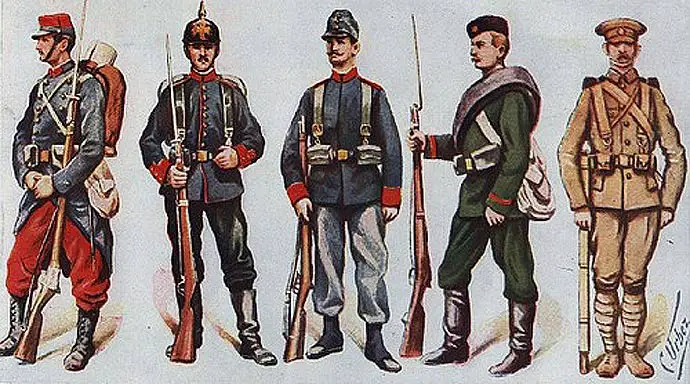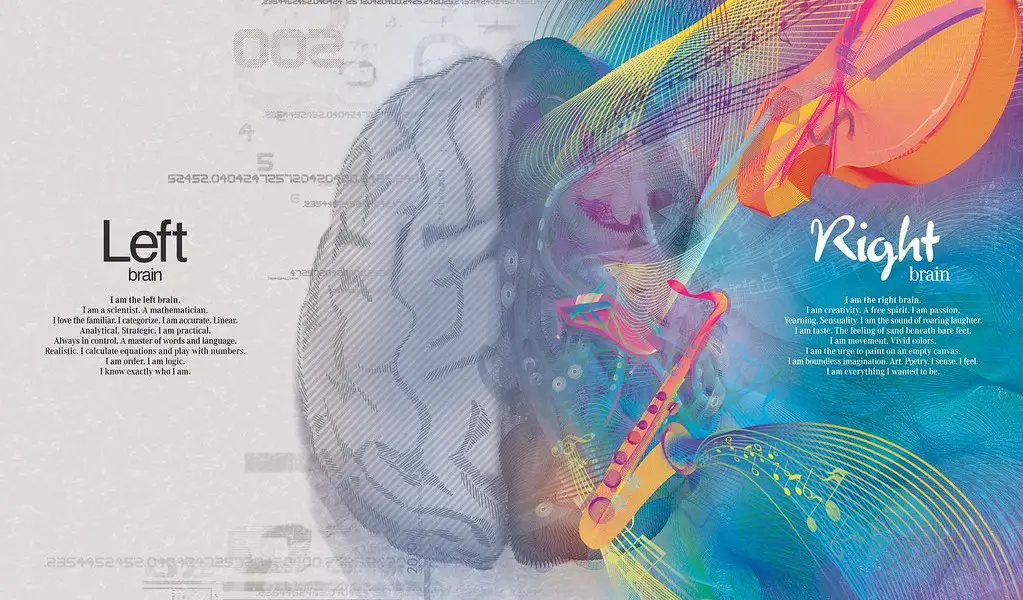Rewilding and Not So Wildlife
The basics of rewilding (at least in North America) are the Three C’s: Cores, Corridors, and Carnivores. Rewilding was developed in the 1990’s as a new approach to ecological restoration. Proponents have characterized it as being active rather than reactive. What this means is that instead of viewing conservation as stemming a tide or becoming shepherds to ever-declining animal populations, rewilding is focused on restoring the equilibrium of ecological systems. This is accomplished through a variety of methods that are grouped together under the Three C’s.
























![Heart Block: First Degree vs Second Degree (Type I and Type 2) vs Third Degree - ECG Findings, Symptoms, Diagnosis, Treatment, and Prognosis [MCAT, USMLE, Biology, Medicine]](https://i0.wp.com/moosmosis.org/wp-content/uploads/2023/04/heart_block.png?resize=200%2C200&ssl=1)



![Gastrointestinal System 101: Pathophysiology of Diseases and Cancers, LFTs, Types of Hepatitis, PSC vs PBC, Cholecystitis vs Cholangitis, Crohn's Disease vs Ulcerative Colitis [Biology, MCAT, USMLE, Medicine]](https://i0.wp.com/moosmosis.org/wp-content/uploads/2022/03/image-17.png?resize=200%2C200&ssl=1)
